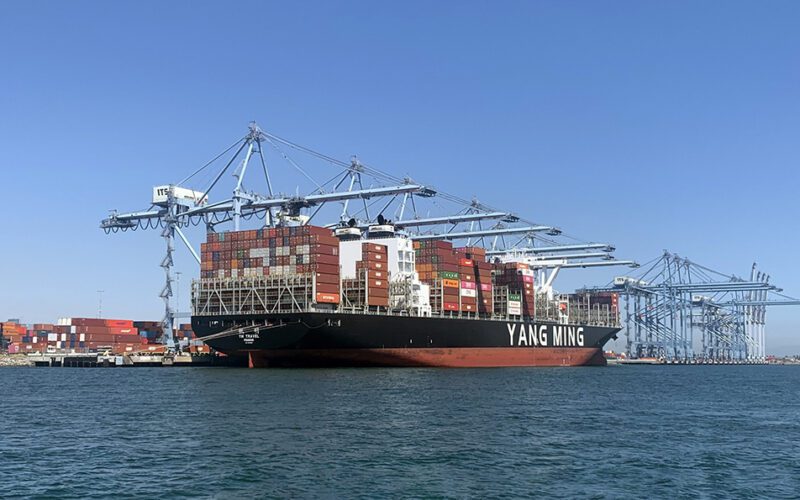
A new study released in late August asserts that greenhouse gas (GHG) emissions can increase when vessels carrying cargo originating in Asia bypass seaports on the U.S. West Coast.
The study, performed by Starcrest Consulting Group, LLC, analyzed a number of factors including port of origin, port of destination, ultimate inland destination and vessel sizes. If state and local regulations and policies result in the diversion of cargo flows and economic benefits from the U.S. West Coast to East Coast and Gulf ports, the policies actually can result in increases to greenhouse gas emissions.
The analysis evaluates, by utilizing a technical comparison tool, the relative differences in GHG emissions between the traditional shipping routes from the Far East to U.S. West Coast ports and inland U.S. destinations, to longer routes through East and Gulf Coast ports.
The tool analyzes emissions associated with vessel routes from South Korea, China and Singapore to West Coast, Gulf Coast and East Coast ports via the Pacific Ocean, Suez and Panama canals, with ultimate destinations of Chicago, St. Louis and Memphis.
California and Pacific Northwest (PNW) ports offer the most direct shipping route from Asia to the U.S., and to inland U.S. destinations. However, the U.S. West Coast has been losing market share to other ports as cargo owners are choosing to ship to these alternative gateways with longer transit times and distances.
Due to investments in transportation infrastructure, lower operational costs, state and local incentives and fewer environmental regulations by other ports, cargo owners have more U.S. gateway choices than ever before.
The study demonstrates that U.S. West Coast ports largely have an environmental advantage over East Coast and Gulf ports in the total GHGs emitted per container. The findings conclude that for cargo originating from Asia:
- GHG emissions are, on average, 19% higher when shipping lines utilize East Coast or Gulf Coast ports over the ports of Long Beach and Los Angeles, and 26% over the PNW ports.
- GHG Emissions can double when cargo is shipped through the Port of New York and New Jersey; they are up 92% over the Long Beach and Los Angeles seaports, and up to 104% over the PNW ports.
- Moving cargo through Savannah, Ga. rather than the PNW increases GHG emissions by up to 94%.
- Moving cargo through the Gulf Coast rather than the ports of Long Beach and Los Angeles increases emissions by up to 64%.
“This study demonstrates the environmental risk associated with cargo diversion,” Thomas Jelenić, vice president of the Pacific Merchant Shipping Association, said. “Public officials must take a holistic approach when it comes to climate change policies.”
“Doing so,” he continued, “is essential in keeping cargo and union jobs at the nation’s cleanest ports here on the West Coast, as well as ensuring that GHG emissions are simply not being shifted elsewhere.”
The full 18-page study is available online at https://tinyurl.com/26ywa9dt.

